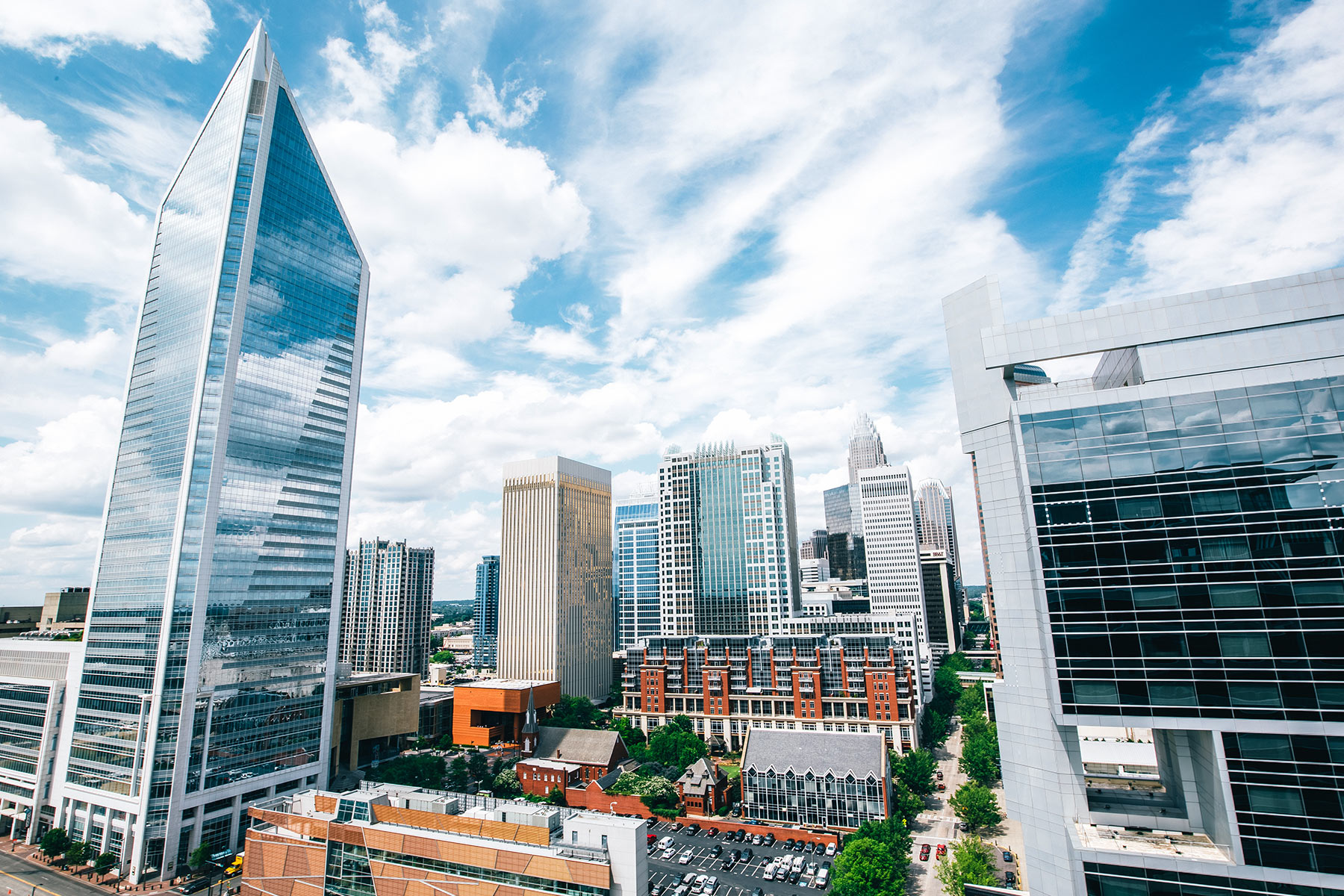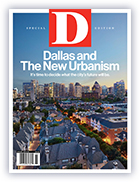 This piece is a feature from our special edition, Dallas and The New Urbanism. The magazine examines the successes and pitfalls of the urbanist movement in a region well known for its dependence on the automobile.
This piece is a feature from our special edition, Dallas and The New Urbanism. The magazine examines the successes and pitfalls of the urbanist movement in a region well known for its dependence on the automobile.Dallas is not New York City or San Francisco—and never will be. But neither is anywhere else. We selected six cities smaller than Dallas with less robust regional economies that are speeding ahead in the generational change to urbanism, with tax windfalls to match.
Charlotte, North Carolina
Charlotte Center City
Charlotte has created a vision for its city center to be “viable, livable, memorable, and sustainable.” Within 15 minutes of Charlotte Douglas International Airport, the city core is currently home to more than 1,200 companies and expected to be home to 40,000 residents by the end of the decade. By combining high-rise housing with restaurants, bars, shops, museums, hotels, and the 7th Street Public Market—all situated along a light rail line—Charlotte has become the second-fastest growing city in the nation.
San Diego, California
Little Italy
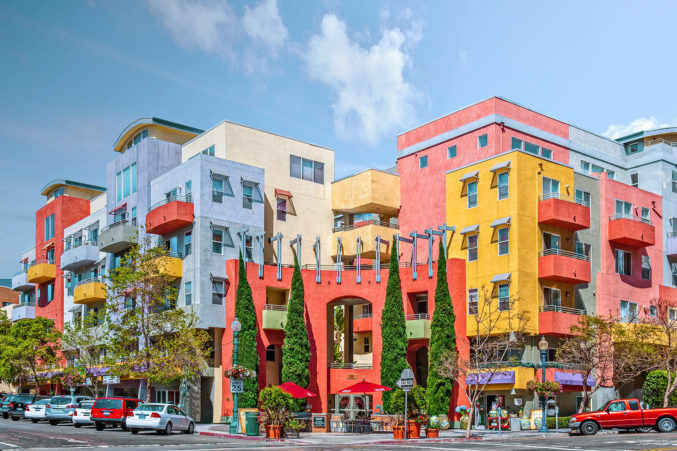
At one time, more than 6,000 Italian families lived in this neighborhood, working in the fishing industry and turning San Diego into the Tuna Capital of the World. But after World War II, many of the canneries closed, and the construction of the I-5 freeway helped cement the area’s decline. With the urging of Marco Li Mandri, chief executive administrator of The Italy Association of San Diego, the neighborhood has been revived and now includes restaurants, retail, residential, and the Piazza della Famiglia, a 10,000-square-foot, European-inspired gathering space for the community.
Washington, D.C.
U Street and 14th street
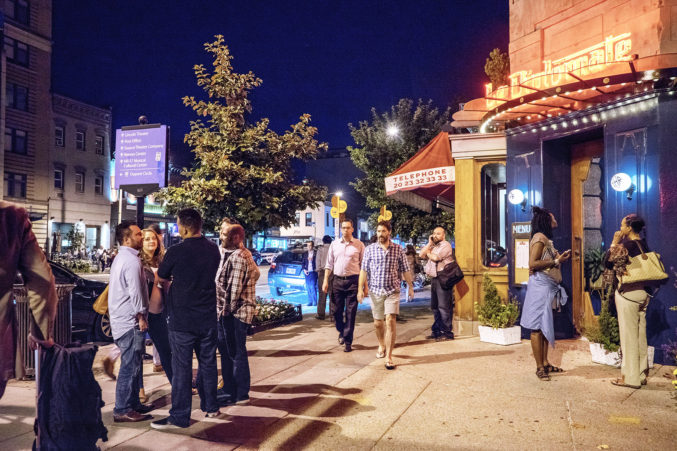
The greater U Street Historic District in Washington, D.C., became a cultural center for the African-American community in the early 1900s, but, after Martin Luther King Jr.’s assassination, in 1968, much of it was burned down in the resulting riots. Now the birthplace of Duke Ellington is once again alive with jazz clubs and restaurants like Le Diplomate, which turned a former dry cleaning shop into a nightlife destination.
Somerville, Massachusetts
Assembly Square
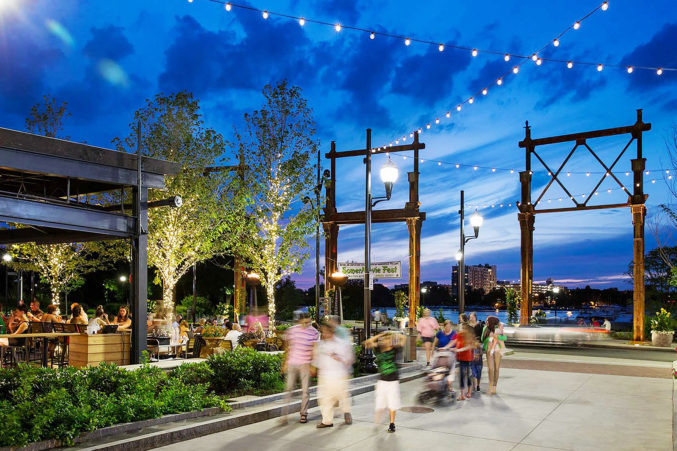
The relatively small city of Somerville—only 4 square miles—is the most densely populated city in New England. Yet a 143-acre brownfield site, named Assembly Square for the former Ford Motor Company plant that operated there until 1958, had been sitting vacant and unused. Federal Realty Investment Trust partnered with the city to turn the area into a vibrant mixed-use neighborhood, investing $1.58 billion in private funding, contributing more than $30 million in city taxes, and coordinating fundraising for the Orange Line, the first new MBTA subway station to be built since 1987.
Seattle, Washington
South Lake Union

Lake Union was once primarily used to float logs to the sawmills along its banks. Microsoft co-founder Paul G. Allen saw the south shore’s potential for much more, but when his vision for a massive park failed to get approval, he changed his focus to developing the land for mixed use. The Brookings Institution has since named South Lake Union, home to Amazon’s HQ1, one of the country’s seven “innovation districts” for successfully prioritizing the best qualities of successful cities: density, proximity, authenticity, and vibrancy.
Ann Arbor, Michigan
Downtown
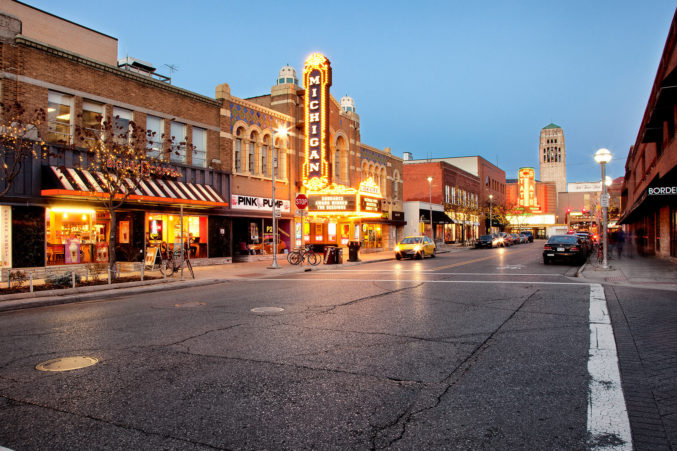
Ann Arbor’s downtown encompasses 67 city blocks, which include a historic district, University of Michigan properties, and public use areas. The region had fallen into disrepair, but it now provides a spectrum of services to meet the needs of full-time residents, students, and visitors, from new high-end housing developments to the historic Michigan Theater.
Head to this link to buy a copy of the issue and learn more about our July 11 urbanism symposium at the Dallas Museum of Art.
Get the D Brief Newsletter
Dallas’ most important news stories of the week, delivered to your inbox each Sunday.


